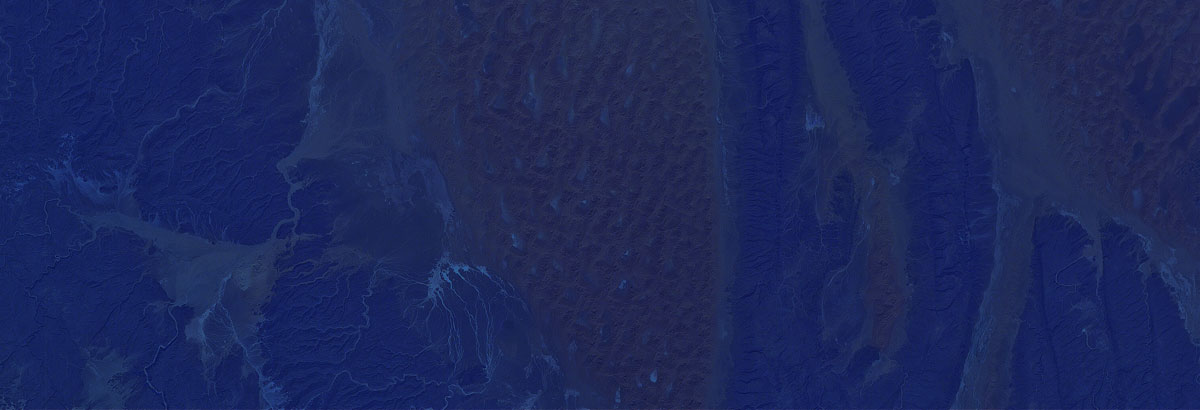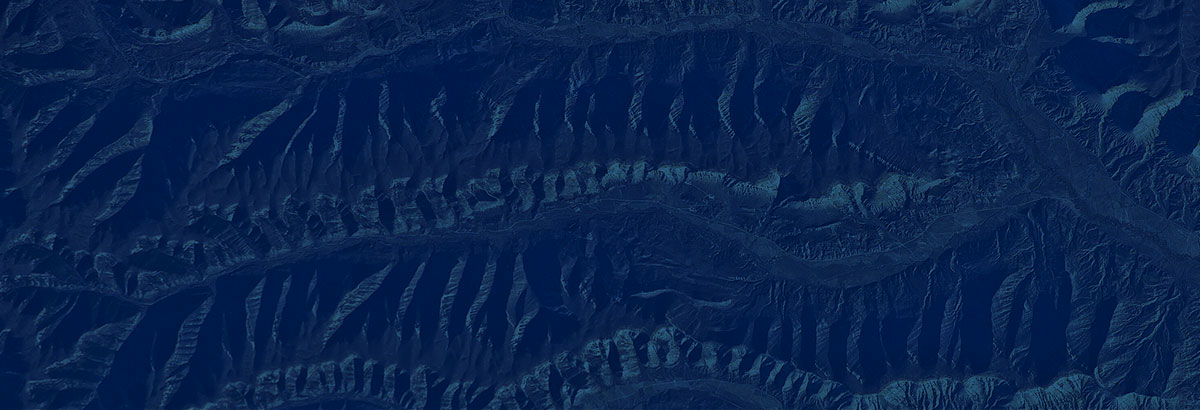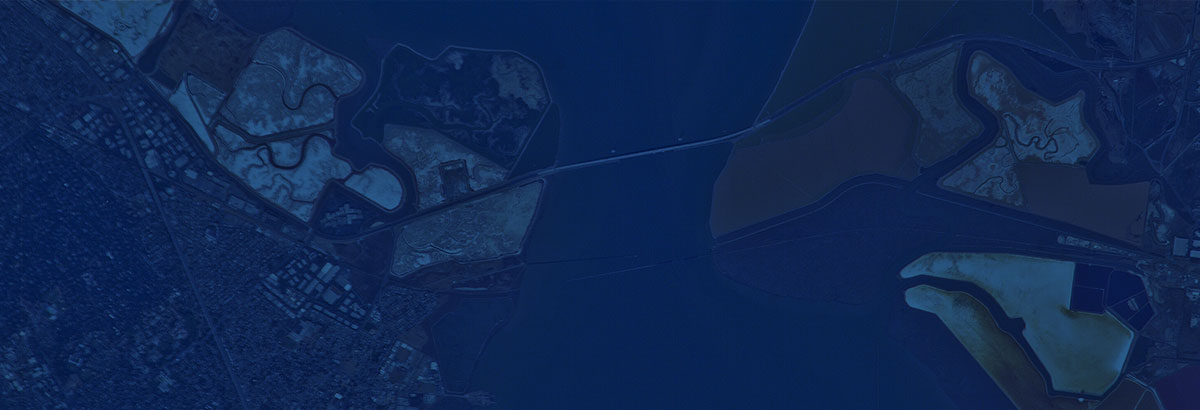FAQ on the Chelyabinsk Asteroid Impact
February 18, 2013
We have received a tremendous amount of inquires on the Chelyabinsk event last Friday. Board member Clark Chapman and CEO Ed Lu put together this FAQ for our community. As the world had two cosmic events in one day, we’re doing our best to bring you accurate information as soon as humanly possible. Thank you for your patience as we work our way through the blog comments since Friday’s events.
What kind of object struck central Russia early on Friday, February 15th?
It was a “near-Earth object” (NEO), an asteroid (likely made of rock) between 15 and 20 meters across (about the length of a school bus), which just happened to arrive in the same place as planet Earth that morning. The mass of the object was about 10 thousand tons. It struck the atmosphere moving at about 40,000 MPH (more than double the speed of the Space Shuttle).
The event in Russia was called a “meteor.” Aren’t meteors the “shooting stars” one can see in a clear, moonless, dark night sky? Then why do the videos show the Russian meteor in a daytime, blue sky?
A meteor is just a small asteroid as it collides with the Earth’s atmosphere and burns up. The vast majority of them are tiny, ranging from pea-sized down to microscopic grains of dust. Those larger than a grain of sand burn up high in the Earth’s atmosphere, causing a visible star-like point-of-light to streak across the sky in a second or less (often called a “shooting star”). Rare ones the size of a baseball or football, called “fireballs” or “bolides”, can be brighter than the Moon. Bodies this size or larger often explode as they penetrate deeply into the atmosphere; fragments (called “meteorites”) may later be found on the ground. The Russian bolide was said to be brighter than the Sun when it exploded and therefore visible in the daytime sky.
How big was the blast from the Russian event and why did the asteroid explode before hitting the ground?
Scientists are still analyzing records of the Feb. 15th event, but preliminary indications derived from infrasound instruments around the world established to monitor potential nuclear bomb tests suggest the explosion was about the equivalent of half a megaton of TNT, or approximately 30 Hiroshima A-bombs exploding at once. The asteroid exploded in midair at high altitude (early reports suggest about 30 miles high). Hitting anything at 40000 MPH, even air, is like hitting concrete. The enormous deceleration and pressure of hitting the atmosphere ripped apart the asteroid. Most rocky asteroids of this size that strike Earth explode in midair. Fragments of the asteroid after the explosion rained down in the vicinity.
What caused the damage in Chelyabinsk if the asteroid exploded in midair?
The damage we saw was due to the enormous shock wave driven by the exploding asteroid. Most of the injuries were caused by windows shattering as the shock wave hit. An asteroid does not need to actually hit the ground intact in order to cause a large amount of damage. The much larger Tunguska impact of 1908 is another example of an airburst. That asteroid devastated approximately 2500 square kilometers of forest.
Are there lots of these asteroids? Where do they come from?
Yes, there may be 10 million asteroids in the inner solar system that are this big or larger. Most of them used to be in the main asteroid belt, where many more asteroids orbit the Sun, generally between the orbits of Mars and Jupiter. They are fragments from rare, gigantic collisions among much larger asteroids. A small fraction of these fragments are tugged by solar and gravitational forces into orbits that penetrate the inner solar system where they live typically for millions of years before striking the Sun, the Earth, the Moon, or other planets like Venus and Mars. Some NEOs actually are icy bodies, called “comets”, which originate farther out in the solar system.
Why didn’t astronomers see the Russian asteroid approaching and warn the people in Chelyabinsk?
The current network of telescopes searching for NEOs (the “Spaceguard Survey”) is designed to search the vast region of space between the orbits of Venus and Mars and catalog the terribly dangerous NEOs larger than 1 kilometer diameter. This program has been very successful, identifying well over 90% of these NEOs. None of the ones so far tracked will strike Earth in the next century. Things as small as 17 meters diameter are simply too faint to see with these telescopes, unless they are very near the Earth. In fact, even asteroids 30 times larger in mass like Tunguska (or 2012 DA14) are also very hard to spot with these ground based telescopes, and we therefore have discovered and tracked only about 1% of asteroids that size and larger.
Are there any proposed telescope systems which could have spotted this asteroid and given warning?
If something is headed directly for Earth, it will be easier to spot as it approaches, and something like the Russian asteroid could have been detected if it had approached from the nighttime side of the Earth during the days before it hit by a system built for that purpose. Such a network of small telescopes, called ATLAS was just recently funded by NASA at the level of $5M. Maybe half of all impacts by bodies a few meters in size and larger could be detected hours to weeks in advance – those NOT coming from the direction of the Sun – and warnings to evacuate, or at least stay away from windows, could then be issued.
How much warning would we have needed in order to deflect this asteroid had we known about it in advance?
In general, to deflect an asteroid we would need several years to decades of advance notice. That is because the amount you need to deflect an asteroid greatly increases the closer it is to hitting you. In addition, we need a suitable launch window that allows a spacecraft to reach the asteroid. So the last ditch warning system called ATLAS described above is useful only for evacuating an area in advance of an impact, not for actually preventing an asteroid impact.
Once the B612 Foundation Sentinel Space Telescope is operational, will it be capable of giving us the needed advance warning to prevent future asteroid impacts?
The Sentinel observatory spacecraft, placed in an orbit similar to that of the planet Venus, is a project of the non-profit B612 Foundation to be implemented by Ball Aerospace and launched in 2018 to search for dangerous NEOs. It is designed to find and track NEOs accurately enough to give decades of advance warning. It will find 90 percent of asteroids larger than 140 meters (about 1000 times more massive than Chelyabinsk) and about half of those larger than Tunguska (30 times more massive than Chelyabinsk) in the first 6.5 years of operation. It will find some, but not the majority of the much smaller Chelyabinsk sized asteroids (but as described above – ATLAS will at least be able to give us a late warning allowing evacuation).
How would an asteroid impact be prevented?
As long as there are years to decades of advance notice, we have several technologies at our disposal. Because only a very tiny velocity change must be imparted to an asteroid to prevent an impact so far in advance, we can actually just run into the asteroid with a small spacecraft (called a kinetic impactor). Or for the very largest of asteroids, a nuclear weapon could be detonated above the surface of the asteroid to nudge it. Afterwards, to fine tune the deflection to ensure we have not just delayed an impact by a few years, a gravity tractor spacecraft could be used to tweak the new asteroid orbit.
Do we need exotic systems like swarms of spacecraft, solar sails, space based lasers, painting asteroids, or other such systems to deflect asteroids?
No. Kinetic impactors and gravity tractors are robust, relatively simple spacecraft that we can build today with high engineering confidence. Not only are they more effective at actually deflecting asteroids than these other systems, they are simpler and more reliable with less moving parts. Many of these other proposed systems, while interesting in an academic sense, are not realistic.
Is a standing asteroid defense system needed to prevent future asteroid impacts?
No. With decades of advance notice provided by Sentinel, there is ample time to prepare and launch a deflection campaign.















